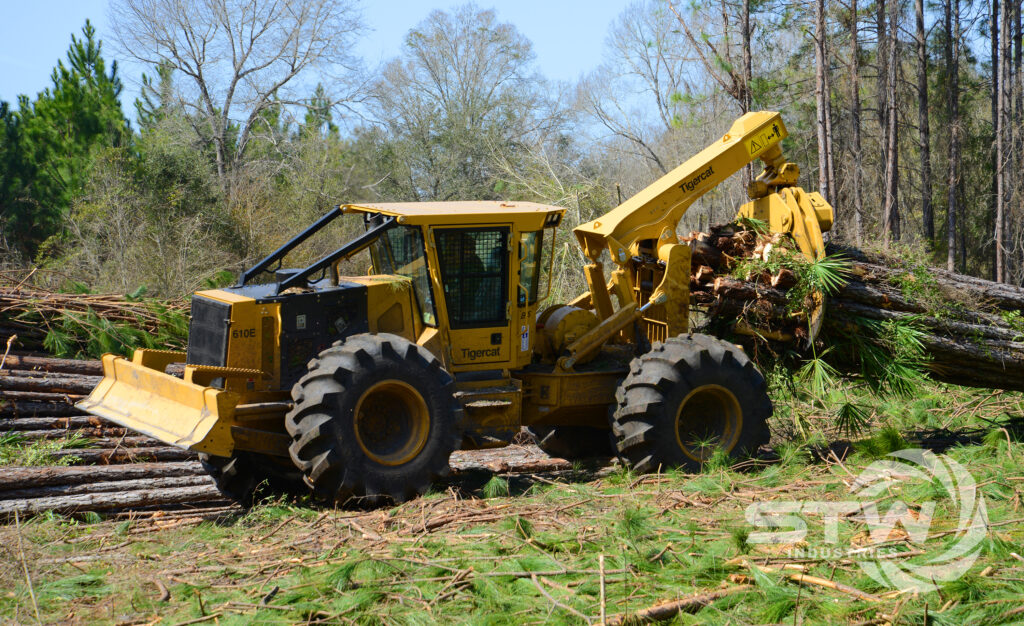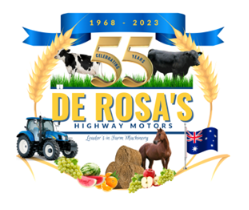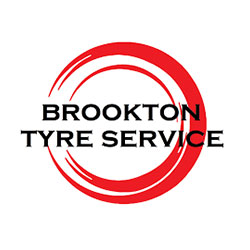What are forestry tyres & wheels?
Forestry tyres and wheels are specialised types of tyres and wheels designed for use in the forestry industry. These tyres and wheels are constructed to handle the rough and demanding terrain of forests and wooded areas, where the ground can be uneven and filled with obstacles like rocks, roots, and fallen trees.
Forestry tyres are typically larger and thicker than standard tyres, with deeper tread patterns that provide better traction and grip on uneven terrain. They are also made from stronger and more durable materials, such as heavy-duty rubber and reinforced steel belts, to withstand the harsh conditions of the forest.
Forestry wheels are also designed for heavy-duty use and are generally larger and wider than standard wheels. They are built to support the weight of heavy forestry equipment, like logging trucks, skidders, and forwarders, and to provide stability and traction on uneven terrain.
In conclusion, forestry tyres and wheels are crucial equipment for anyone working in the forestry industry, as they provide the necessary traction and stability required to navigate the challenging terrain of the forest.
What are some different types of forestry tyres?
There are several different types of forestry tyres and wheels available on the market, each designed for specific tasks and applications within the forestry industry. Here are some common types of forestry tyres and wheels:
- Skidder tyres: These tyres are designed for use on skidders, which are vehicles used for hauling logs from the forest. Skidder tyres are typically large, with deep treads to provide excellent traction on rough terrain.
- Forwarder tyres: These tyres are used on forwarders, which are vehicles that transport logs from the forest to a loading area. Forwarder tyres are generally smaller than skidder tyres, but still have deep treads to provide good traction on uneven ground.
- Harvester tyres: These tyres are used on harvesters, which are vehicles used for cutting down trees and processing them into logs. Harvester tyres are typically smaller than skidder or forwarder tyres, but are designed to provide good traction and stability on steep slopes and rough terrain.
- Loader tyres: These tyres are used on loaders, which are vehicles used for moving logs from one location to another. Loader tyres are typically large and wide, with a thick tread to provide good traction and stability on uneven ground.
- Firefighting tyres: These tyres are designed for use on firefighting vehicles, which are used to combat forest fires. Firefighting tyres are typically large and wide, with a special tread design that provides excellent traction on loose, sandy soil.
In addition to these types of tyres, there are also various types of forestry wheels, including steel wheels, aluminium wheels, and dual wheels. Each type of wheel has its advantages and is chosen based on the specific needs of the equipment and the terrain it will be operating on.

Pros & Cons of forestry tyres and wheels
Forestry tyres and wheels have several advantages and disadvantages that you should consider before purchasing them for your forestry operations. Here are some of the pros and cons of forestry tyres and wheels:
Pros:
- Superior Traction: Forestry tyres have deeper treads and more aggressive patterns that provide excellent traction on rough, uneven terrain. This increased traction reduces the risk of getting stuck and increases the overall safety of your forestry operations.
- Increased Durability: Forestry tyres are designed to withstand the harsh conditions of the forest, including rocks, roots, and sharp debris. They are constructed from high-quality materials that are more durable than standard tyres, making them less likely to puncture or wear out quickly.
- Enhanced Stability: Forestry wheels are typically larger and wider than standard wheels, providing increased stability and support for heavy equipment. This stability reduces the risk of tipping over and increases the overall safety of your forestry operations.
- Greater Load Capacity: Forestry wheels are designed to support heavy loads, allowing you to transport more logs and other forestry products in a single trip.
Cons:
- Higher Cost: Forestry tyres and wheels are more expensive than standard tyres and wheels due to their specialised design and construction.
- Increased Maintenance: Forestry tyres and wheels require more frequent maintenance than standard tyres and wheels. This is because they are designed to operate in rough terrain and under harsh conditions, which can increase the risk of wear and tear.
- Limited Use: Forestry tyres and wheels are designed specifically for use in the forestry industry, which means they may not be suitable for other applications. This limited use can make them less versatile and may require you to purchase additional equipment for other applications.
In summary, while forestry tyres and wheels offer several advantages, they also come with a higher cost and increased maintenance requirements. It’s important to consider your specific needs and budget before deciding whether or not to invest in forestry tyres and wheels for your forestry operations.
What is the best forestry tyre?
It’s difficult to say which forestry tyre is the best as it depends on the specific application and terrain you’ll be operating on. Different forestry tyres have different strengths and weaknesses, and the best tyre for one situation may not be the best for another.
However, here are some factors to consider when choosing the best forestry tyre for your operation:
- Tread Pattern: The tread pattern of a forestry tyre is one of the most important factors to consider. Look for tyres with deep, aggressive treads that provide excellent traction on rough, uneven terrain.
- Load Capacity: Consider the weight of the equipment you’ll be using and the load capacity of the tyre. Choose a tyre that can safely support the weight of your equipment and the load it will be carrying.
- Durability: Look for tyres made from high-quality materials that are designed to withstand the harsh conditions of the forest, including rocks, roots, and sharp debris. This will help prevent punctures and extend the lifespan of the tyre.
- Brand Reputation: Choose a reputable brand that has a proven track record of producing high-quality forestry tyres.
Some popular brands of forestry tyres include BKT, Michelin, Galaxy and MRL. Ultimately, the best forestry tyre for your operation will depend on your specific needs and the terrain you’ll be operating on. It’s always a good idea to consult with a professional or tyre dealer who can help you select the best tyre for your situation.
How much do forestry tyres and wheels cost?
The cost of forestry tyres and wheels can vary widely depending on a number of factors such as the size, type, and brand of the tyre or wheel, as well as the specific needs of your forestry operation.
On average, a single forestry tyre can cost anywhere from several hundred to several thousand dollars, with prices increasing for larger sizes and more specialised tyres. Forestry wheels also vary in price, typically ranging from several hundred to several thousand dollars per wheel.
It’s important to keep in mind that while forestry tyres and wheels may come with a higher upfront cost than standard tyres and wheels, they are designed to be more durable and offer superior performance in rough terrain and harsh conditions. This can ultimately save you money in the long run by reducing the need for frequent replacements and repairs.
It’s always a good idea to consult with a professional or tyre dealer who can help you select the best tyre and wheel options for your specific needs and budget.











